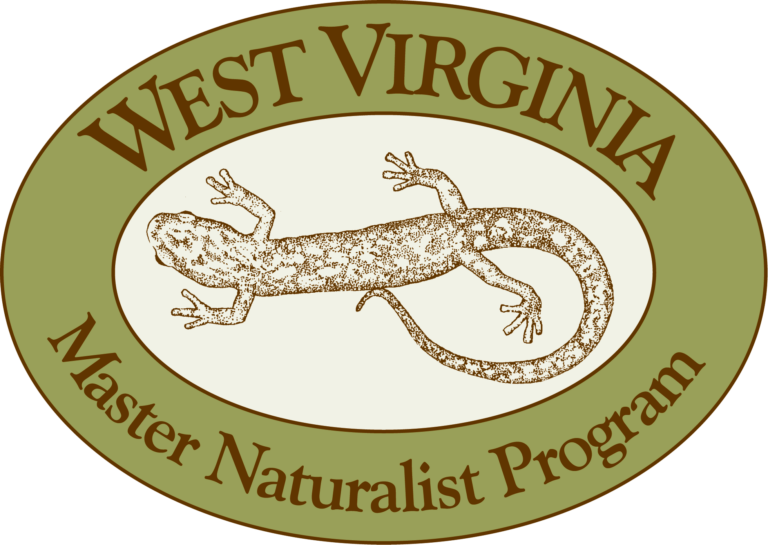https:/home/wp_tc8tsf/mnofwv.org/u.osu.edu/beecourse/ (FREE but you’ll need to register)
Here is an educational opportunity (virtual) for citizen scientists from The Ohio State University: “The Bee Short Course for Community Scientists: building wild bee conservation skills together.” –A collaborative effort from: The OSU Department of Entomology and The Chadwick Arboretum and Learning Gardens In partnership with: The U.S. National Native Bee Monitoring Research Coordination Network (RCN). Learn more about the U.S. National Native Bee Network here, and visit their website here. While the RNC is not focusing on community scientists, the network has a large (and growing) following of people who want to help wild bees. The Bee Short Course is an ideal option to train community scientists across the country. Ideally, these trained community scientists will link with local wild bee projects to share their time and skills.
This program is funded in part by a USDA/NIFA Integrated Pest Management Pollinator Health grant, with support from Davey Tree Expert Company. The Bee Short Course is coordinated by Denise Ellsworth, OSU Department of Entomology.
The course started in May and the next class is slated for Friday, June 18th at 10:00 AM Eastern Standard Time.
Please note: the focus of this series is wild bee conservation, not honey bee management.
- May 21: Randy Mitchell, The University of Akron
- Bee Botany 101
- June 18: Jamie Strange, The Ohio State University
- Melittology 101: An Intro to Bee Science
- July 16: Olivia Carril, author and biologist
- Methods of Collecting and Documenting Bees
- August 20: Heather Holm, author and biologist
- Insect Photography and Using iNaturalist to Observe and Document Wild Bees
- September 17: Sam Droege, USGS Native Bee Inventory and Monitoring Lab
- Tips and Tricks from The Handy Bee Manual
- October 15: Mary Gardiner, The Ohio State University
- Contributions of Community Science to Entomology: Benefits for People and Nature
- November 19: Molly Martin, Bee City USA/The Xerces Society
- From Community Science to Advocacy in Action: Case Studies in Conservation
-jmb
